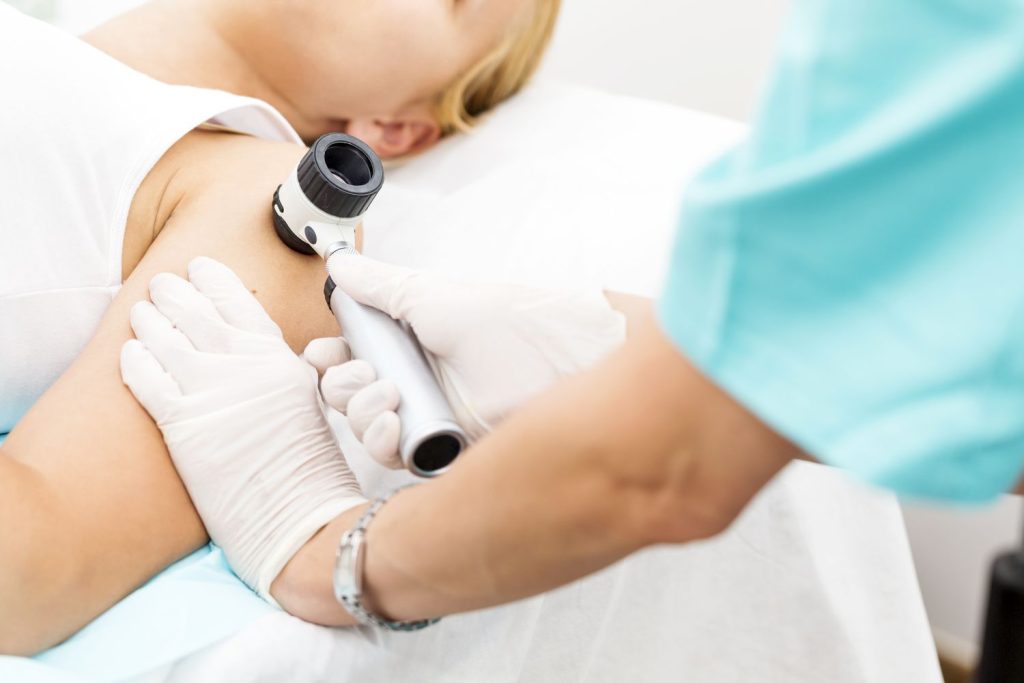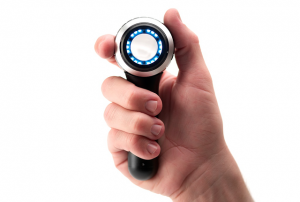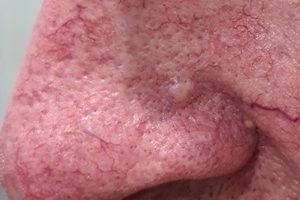Generally speaking there are two ways skin cancers get diagnosed – when a person notices a lesion on their own skin or when they go and see their doctor for a ‘full skin check’. The rest of this article will be focusing on going to your doctor for a full skin check.
What does a full skin check involve?
Every doctor does skin checks slightly differently, but if he or she does not know you well, they will start by asking you a whole lot of questions. For example:
- Are there any particular areas or spots you are worried about?
- Have you ever had a skin cancer before?
- Has anyone in your family ever had a melanoma?’
- Have you ever had a skin check before?
- Do you get much sun exposure?

Once the doctor has an idea of your skin cancer history, they will begin performing the check itself using a dermatoscope. At this stage, you will be instructed to undress to your underwear. The doctor may ask if there is anything under your underwear you would like them to check.
They will then look over you in an ordered fashion, usually from head down. They will probably get you to sit down to check your scalp, get you to close your eyes to inspect your eyelids and move your bra-strap aside to check your back. Then you may be asked to lie on the bed on your back and then your front to make it easier to check your legs and feet.
During all of this, your doctor will use a dermatoscope to light up and magnify any areas of concern. You will feel the dermatoscope touch your skin as the doctor peers into it, and sometimes they may need to use a bit of alcohol hand gel as a contact medium for a better view.

Dermatoscope
What do I have to do before a skin check?
- Do not wear any makeup.
- Have a shower to clean off any dirt, grime, paint etc. before you come in so that there is a clear view of your skin.
- Wear clothing and footwear that you can easily take on and off
- Identify any particular areas of your skin you are worried about so you can point these out to your doctor.

